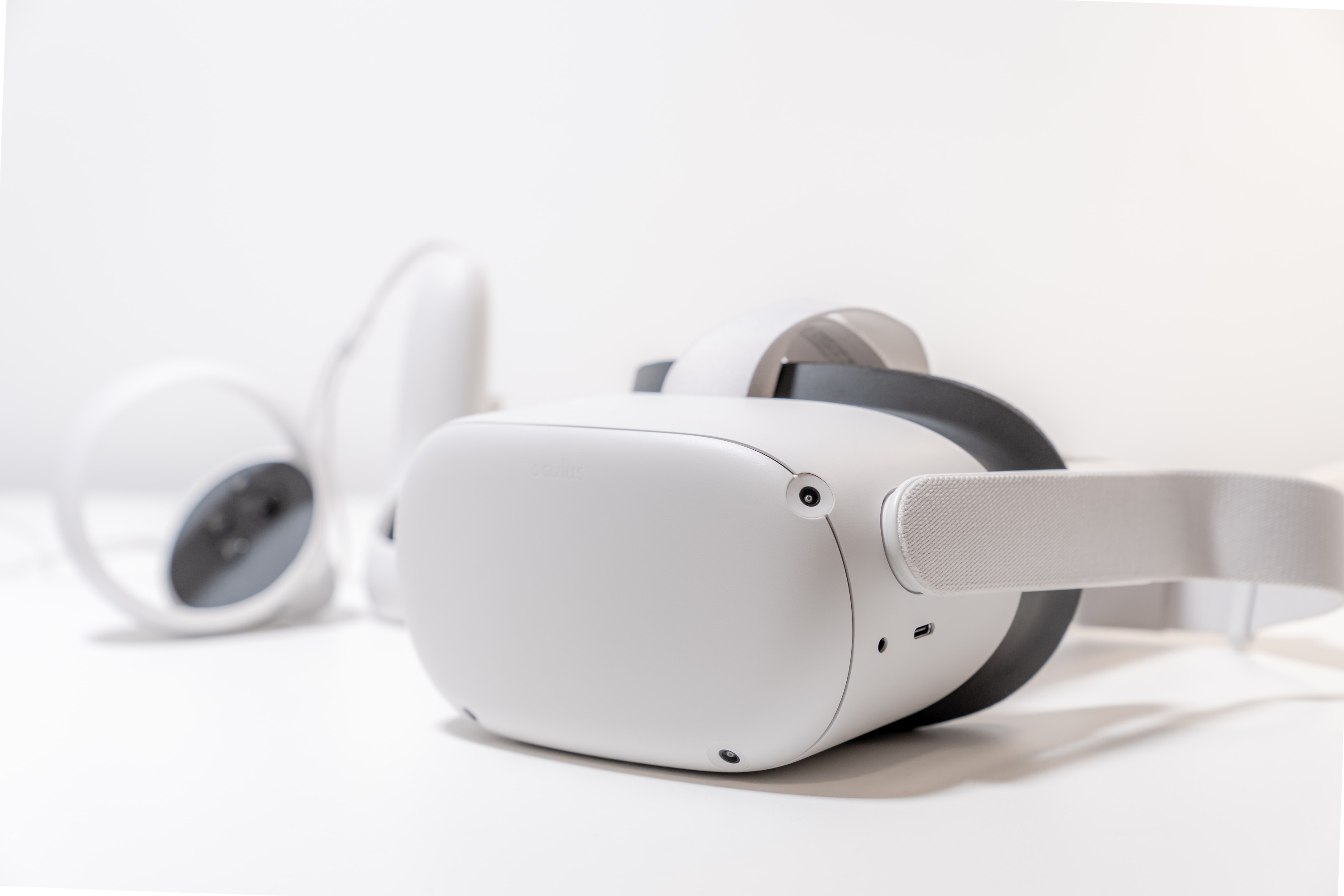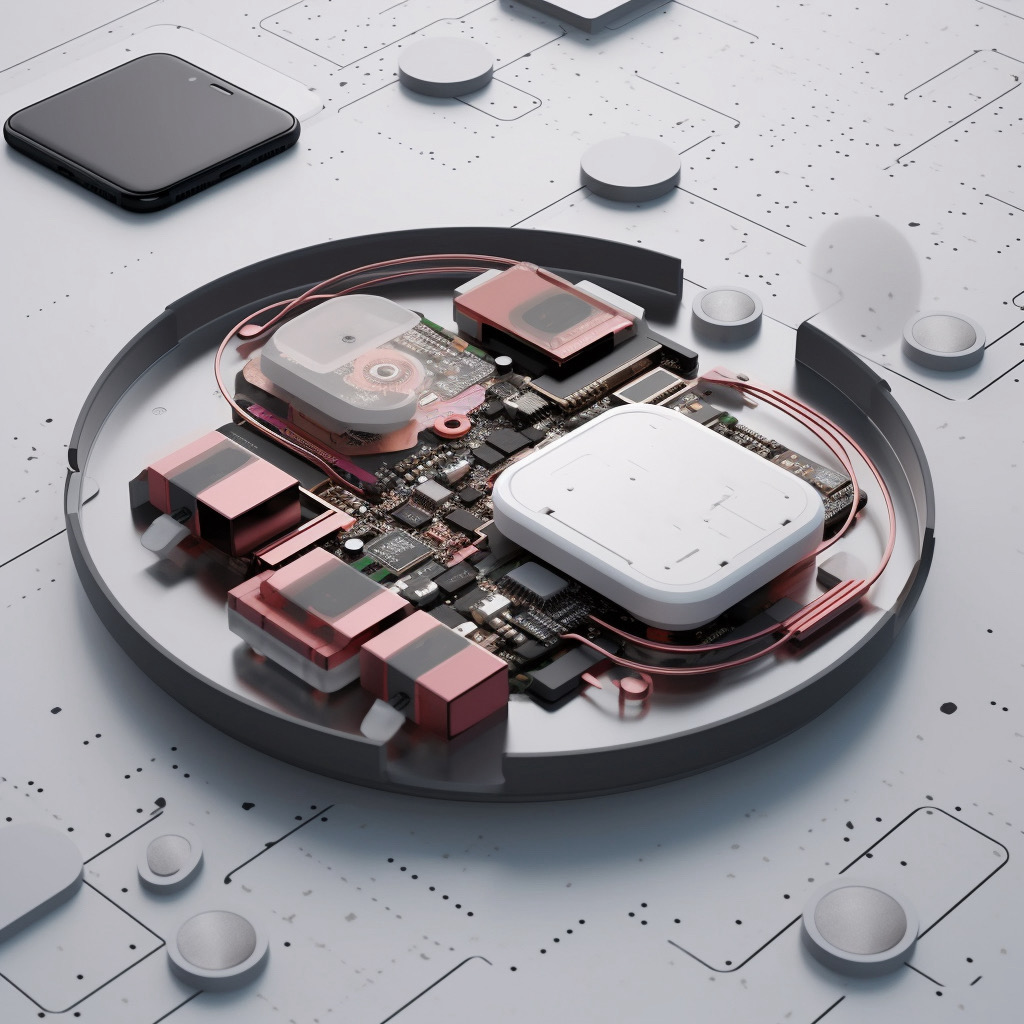With the continued evolution of the AR/VR industry and the newest generation of headsets, we at Quadrant would like to showcase some of the magnet technologies that help make these amazing devices possible. Electro-magnet and permanent magnet systems sit inside many technologies carried on us every day.

Haptic motors contain coils and permanent magnets to create the vibrations you feel when pressing a button, plugging in a device, or getting rumble feedback from software. Some of these motors are quite large, like with video game controllers. They have to shake the whole device. However, many of the newer haptic systems are just millimeters in size, allowing them to fit into phones and other small electronic systems such as wearables. The small versions of these motors utilize magnets on a highly dense spring system to shake the motor back and forth at different frequencies and strengths.
Many electronics, headsets included, require connections for accessories. Holding devices together, a stylus to a tablet or even a charging/data cable to a wearable AR/VR system, feels like magic and enhances the user experience. We take for granted the design work involved in making these electronics “feel” exciting to use. They don’t have to just be functional. They have to feel natural.
Wireless charging is almost expected in devices now. Charging systems transfer power by running power through a coil. The coil embedded in the device syncs up with the charging coils and induces power inside the device. Theses systems are often held on by magnets, but the power transfer is actually accomplished with magnetic fields. This circuit requires magnetic backers to shield and help couple the coils together. Magnets are an important part of wireless charging efficiency and containment.

For AR/VR headsets especially, the display and camera systems are incredibly important. These technologies need automated focus systems to help keep the lenses or screens at the correct focal point to not be “fuzzy” or distorted. These systems often use magnetic tray system and drivers to move the components inside the small lens device. Magnet systems are also used in optical image stabilization, necessary in today’s cameras to get a clear picture.
Sensor systems can also change the way we use these devices. We can sense when a screen is being rotated or folded closed to put a device to sleep. We know when an accessory is close by. We can sense remotely when a user is placing a device on their head or in their pocket. These locating tasks previously were manual switches and buttons. Not they can be done without contact using hall effect (magnetic) and other sensors to make the device feel more fluid to use.
It can be seen from all the technologies evolving in the AR/VR space, that magnets and magnetic systems are hidden everywhere in our electronics. The research, design, and manufacturing of these micro-scale magnet systems is challenging work. We are constantly pushing the boundaries of what is allowed by physics and possible to create reliably. However, making lives easier and more magical is worth the effort.
